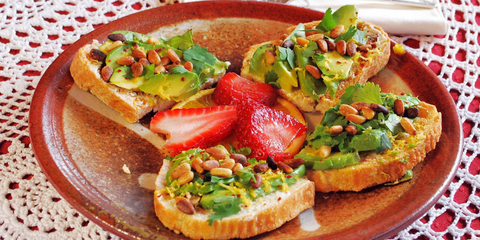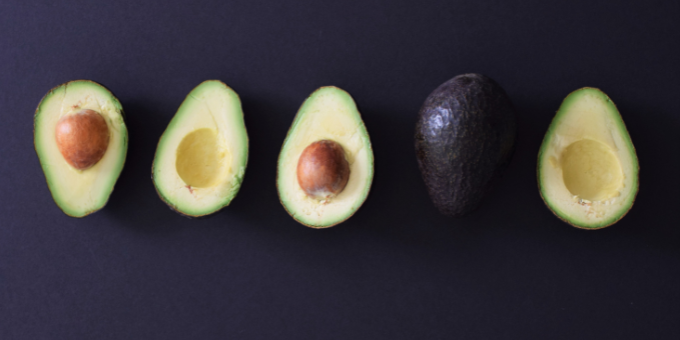You probably remember that piece of advice to millennials looking to enter the housing market: lay off on the smashed avo toast.
Just cut back on the avocados, they said. Then you’ll be able to buy a home. Though one calculation found that suggestion fell short, finding that, depending on where you lived, you’d have to cut out between 10, 000 and 21, 000 avo toast brekkies just for the down payment. How many days are there in a year again?
But now, avocados are cheaper than ever, with supply exceeding demand by a longshot and farmers growing desperate for people to snap up their produce. According to Rabobank, avocado supply has shot up by 26% since 2021, with avocados costing nearly 50% less than they have over the last 5 years. And that’s not even the beginning! Supply is forecast to increase by 40% in the 5 years to come.
This makes for a stark comparison to lettuce prices, with many still reeling from inflated costs of the humble veggie – with some pricing out at nearly $12. To contrast, we’ve got some avos going for $1, so now’s the time to make use of this nutritious fruit – yes, avocados are a fruit not a vegetable, contrary to popular belief.
Why eat avocado?

Avocados are packed with healthy fats – and despite what years of diet culture have suggested, these fats are essential to a nutritionally complete diet. This is because fats are required to process vitamins A, D and E, and to make matters more complicated – our bodies can’t create these essential fats on their own.
Anti-fat misinformation – and what has been referred to as the “war on fat” by TIME Magazine – has led to only 41% of people knowing that fats are a nutritionally essential part of a healthy diet.
Avocado is an exceptional source of healthy fats, including omega 3 fatty acids. These are vital for skin and brain health – especially oleic acid, of which avocado happens to be rich in. Studies have found that oleic acid can prevent insulin resistance and reduce the risk for heart disease. This fruit is a source of riboflavin, magnesium, potassium and even vitamin C, without the excessive sugars found in other fruits like berries and grapes.

Another benefit we can all get behind is that these nutritional powerhouses keep us fuller for longer – and as a result, you’ll have fewer cravings for sugar. Take a look at the sobering difference between avocado toast and a berry smoothie when it comes to keeping your blood sugar levels in check:

With obesity rates having tripled since 1975 and studies finding a direct link between obesity and excessive sugar consumption, it’s not a bad idea to cut down on the stuff.
Need a hand? Join us for our upcoming 8-Week Program where we’ll be ditching sugar. With meal plans, shopping lists and ongoing support, it’s never been easier to kick that sugar habit to the curb. If you’re ready to transform your life, sign up HERE.
Worried you've bought too much?
Ripe avocado can be frozen, puréed or mashed, or split into in halves or chunks, and kept for 4–6 months. Add lemon juice and tightly seal the avocado in plastic or with a vacuum seal to reduce browning.
Try our Strawberry and Avocado Toastie recipe.

This is a classic recipe featured in our I Quit Sugar For Life eBook with the perfect balance of healthy fats, vitamins and antioxidants.
Ingredients.
- 2 slices of bread (preferably sourdough or gluten-free, if needed).
- ½ avocado, mashed with a squeeze of lemon.
- ¼ cup strawberries, sliced.
- 2 tablespoons soft goat’s cheese.
- Freshly ground black pepper, to taste.
- Drizzle of olive oil.
Method.
Toast the bread under the grill on one side only. Spread the untoasted side with the avocado, top with the strawberries and cheese, and toast under the grill until the cheese browns. Serve with plenty of pepper and a drizzle of olive oil.
This is just one of the many ways the humble avocado can be used, but with its versatility, you can’t go wrong – add it to salads, omelettes, tacos, even brownies!






Leave a comment (all fields required)